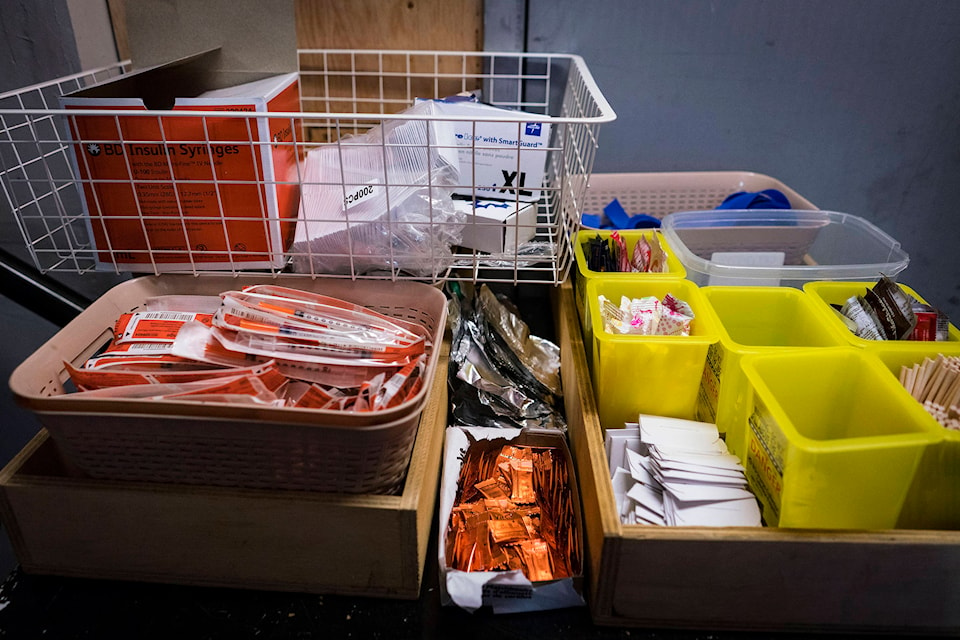A new study out of the University of Victoria says B.C.’s “unprecedented” response to the overdose crisis can and should be expanded worldwide.
The study, led by researchers with the Canadian Institute for Substance Use Research, involved working with a number of Island-based community groups that were opening overdose prevention sites and monitoring the roll out process and effectiveness.
“We found that these sites were a novel and nimble response to the overdose crisis which has affected communities not just across B.C., but around the world,” said institute scientist Bruce Wallace Thursday.
“Our hope is that the international community will look to this model as a way to quickly and effectively save lives – and use it beyond a public-health emergency context.”
READ MORE: Battle to beat AIDS offers lessons in fighting opioid crisis
READ MORE: There have been 1,380 overdose deaths in B.C. this year: Coroner
In 2016, 20 overdose prevention sites opened in B.C. without federal approval. In 2017, the federal government announced it would allow provinces and territories to open temporary sites as applications for permanent setups awaited what was criticized by advocates as a lengthy approval process by Health Canada.
The province has since launched more than 20 more overdose prevention sites – either as brick-and-mortar facilities or mobile units – and 11 supervised consumption sites.
More than 2,800 people have died of an illicit drug overdose in B.C. since 2017.
READ MORE: New in-depth report sheds light on who in B.C. is dying of drug overdoses
READ MORE: B.C. launches new drug-checking program, expands fentanyl testing
Overdose prevention sites were up and running within weeks of approval, the UVic study found, and people who used drugs were involved in planning, implementing and delivering the services.
The researchers said these sites combined the benefits of state-sanctioned injection services with community-driven implementation.
“This research questions the federal governments’ restrictive sanctioning processes, which have limited the expansion of SCS [Supervised Consumption Sites] internationally and are not necessarily aligned with the needs of people who use drugs,” said researcher Bernie Pauly.
READ MORE: Health minister announces $72M in emergency funding for B.C.’s opioid crisis
VIDEO: Kootenays’ first overdose-prevention site opens in Nelson
“These sites should be seen as not just a stopgap until a SCS receives approval in an area, but as an alternative or complementary service to the SCS model.”
B.C. remains the only jurisdiction in the world to create legislation to support overdose prevention sites.
While similar sites exist in Ontario, that province recently announced it would not allow any new sites to open, and existing sites would be rolled in with supervised consumption sites.
@ashwadhwani
ashley.wadhwani@bpdigital.ca
Like us on Facebook and follow us on Twitter.
